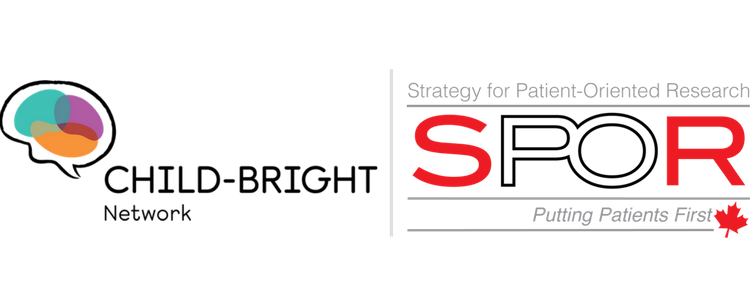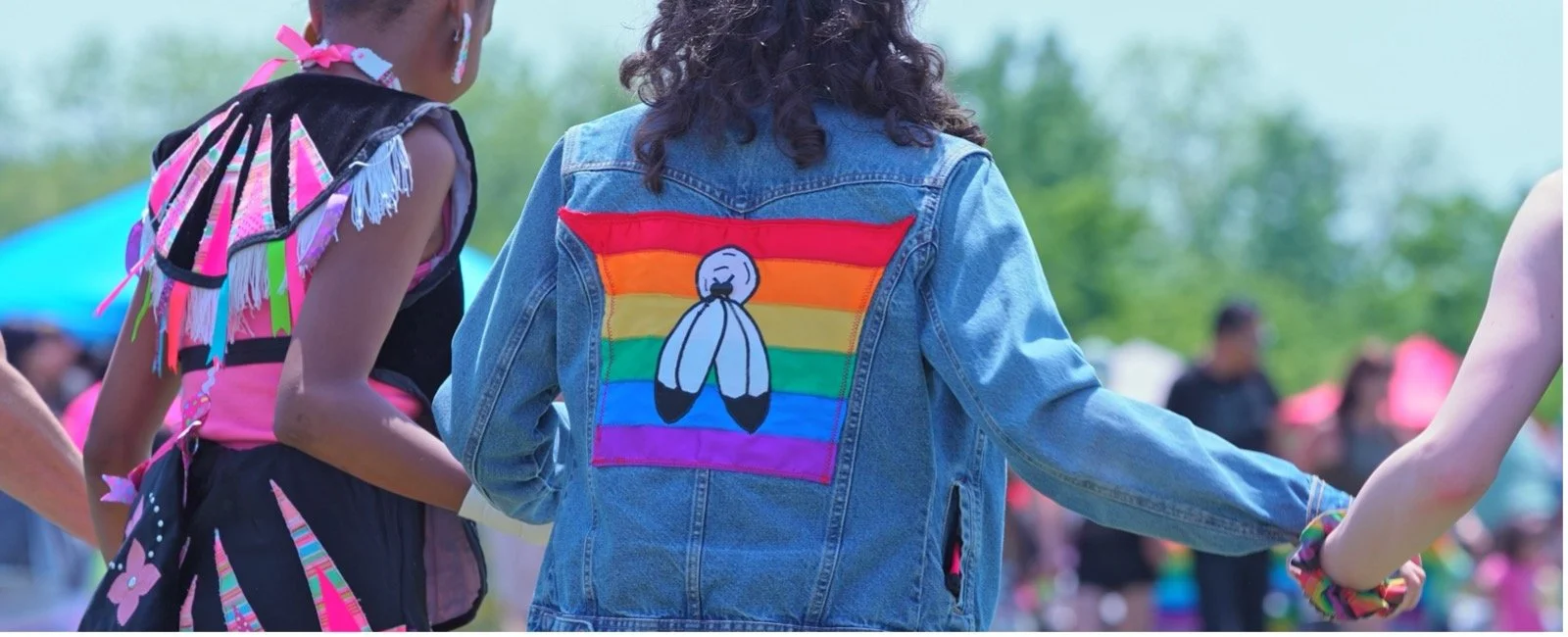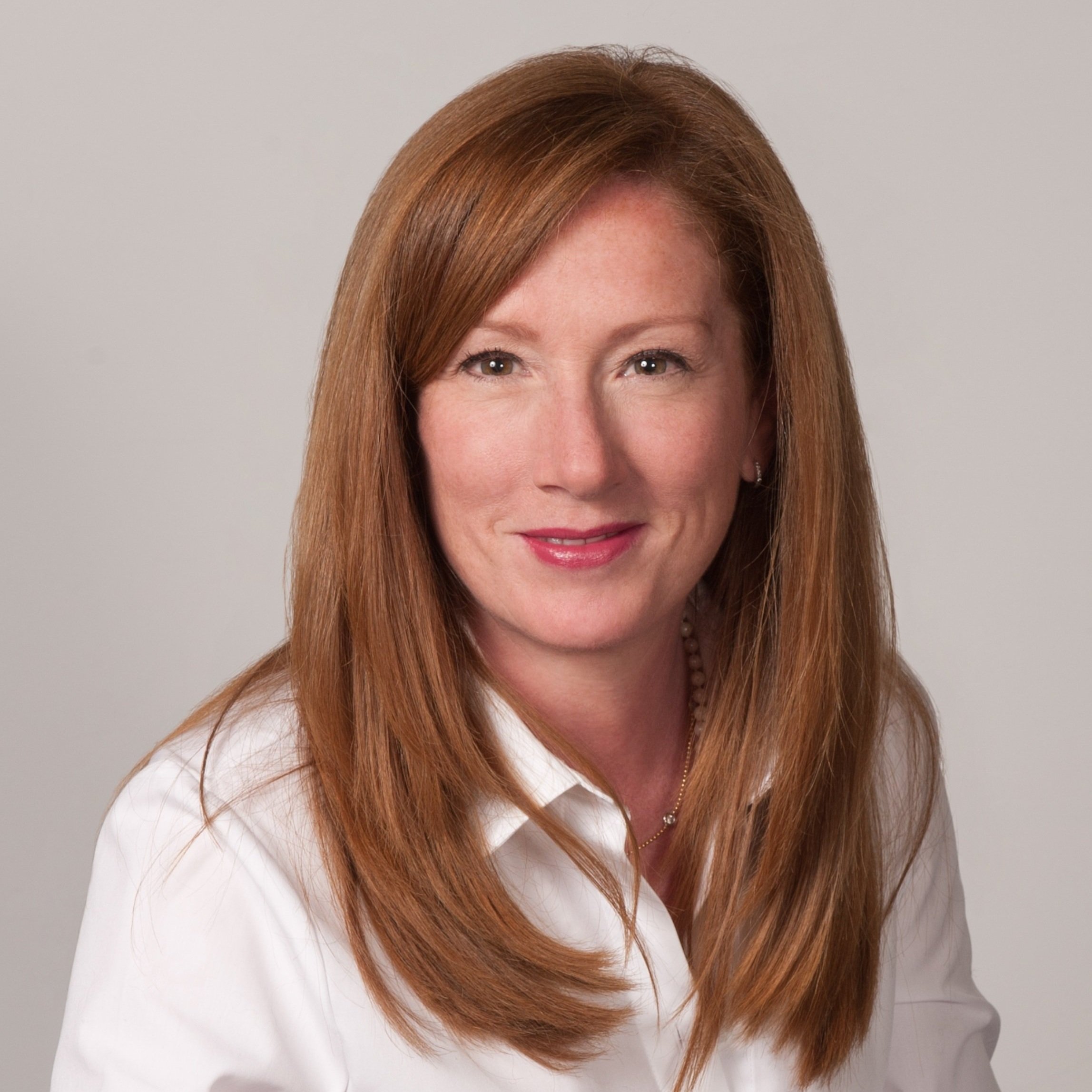Shafniya, a recent college graduate, joined the NYAC in 2021 after seeing a recruitment ad. She was looking for a way to get involved in brain-based developmental disability (BDD) research as a youth volunteer, and the term ‘patient-oriented research’ (POR) was brand-new to her.
“When I first joined at 24, it was for self-advocacy reasons,” says Shafniya.
Two years earlier, during her undergraduate degree, she’d been diagnosed with attention-deficit/hyperactivity disorder (ADHD). The NYAC gave her the opportunity to better understand her condition and share her experiences in a meaningful way.
Since joining the council, Shafniya has completed peer reviews for CHILD-BRIGHT Phase 2 projects, advised key groups on how to provide accommodations for youth during the research process, and been a consultant on the importance of equity, diversity, and inclusion in POR. She’s currently a youth research partner on the CHILD-BRIGHT project CEE YOU!: Critical Ethical Engagement of YOUth in patient-oriented research, supported by our Training Innovation Fund and led by Sakiko Yamaguchi.
Through her involvement in health research, Shafniya has seen the value of her lived experience first-hand. “On the CEE YOU! project, I interviewed the youth participants,” she says. “Since I also have a brain-based disability, I found it easy to develop a relationship with them.”
Shafniya has also noticed that more research is needed on BDD in adults. “From what I’ve seen, ADHD research participants are generally 18 and under,” she says. “But neurodevelopmental disability goes beyond childhood.” In the past few years, she’s met many other children of immigrants who were diagnosed with ADHD in adulthood: “It’s easy to fall through the cracks."
She points out that navigating ADHD as an adult is a unique experience, because you’re accountable for yourself. “I had to drop out of school for a while,” she recalls. “I couldn’t work. I couldn’t afford my medication.”
In the future, Shafniya hopes to see more studies looking at BDD that consider the various forms of inequality that a person may experience. “For example, gender affects how you’re screened for ADHD,” she says. “I think it’s important to look at brain and mental health using an intersectional lens.”












